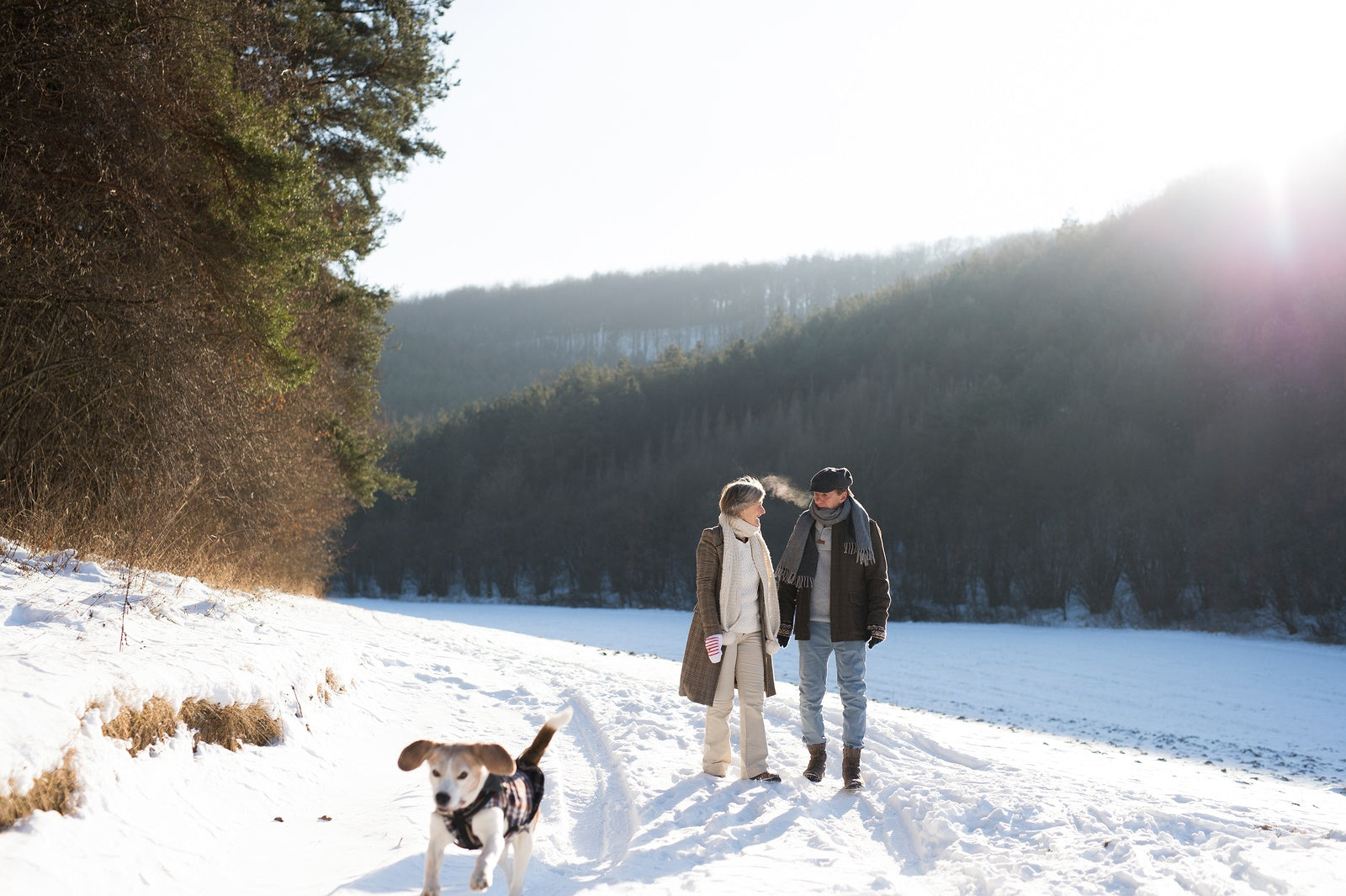
Preparing for the arrival of harsh winter weather is more than a matter of convenience: it’s critical to protecting your safety and health. Serious injuries are all too common in the winter, from slipping on icy walkways, to hypothermia or frostbite, or even having a heart attack or stroke while shoveling snow. And being without electricity, running water, food, or communication during a major snowstorm can be extremely dangerous, to say the least.
Winter readiness involves your home, your pavements, your car, and your wardrobe.
Below, we offer an organized winter readiness checklist to help you prepare for the upcoming cold season:
How to winterize your home:
- Be sure your attic is well insulated and well ventilated, both to prevent undue heat loss and to minimize any ice damming that may occur on your roof.
- Put in storm windows, or encase windows in plastic from the inside of the house. If you can afford it, install newer, more energy-efficient windows.
- Caulk around windows and doors if not already done, and re-caulk spots where the caulk line has cracked. Also install weather stripping under your doors.
- Guard against freezing pipes by keeping indoor temperatures above 40 or 50 degrees Fahrenheit (5 or 10 degrees Celsius), even when you’re not home.
- Get a chimney/flue inspection before winter arrives.
- Never use your gas stove to heat your home.
- Reverse the direction of your ceiling fans. Fans typically have a switch to change direction. For winter use, make sure the fan runs in reverse, or counterclockwise when looking straight up at it. This will pull the cool air off the floor and circulate the warm air back down along the walls to the floor.
- If you use space heaters, keep them several feet away from all furniture, curtains, or other flammable objects.
- Check smoke and carbon monoxide detectors. Check the batteries when winter begins and have extra batteries on hand. More than 400 people in the U.S. die each year from accidental carbon monoxide poisoning. That’s more than one person per day!
- Have a professional roofer inspect your roof for leaks, and have a tree trimming service remove any overhanging, dead, or dying branches that could impact your roof during a storm.
- Keep a battery-powered emergency radio ready on hand, along with other means of communication like cellphone, landline phone, and Internet connection.
- Keep current on weather forecasts, and have a plan for verifying to family/friends that you are safe when a storm strikes.
- Keep other emergency supplies in storage, including non-perishable foods, a can opener, bottled water, warm blankets, flashlights with accompanying batteries, extra prescription drugs and over-the-counter medicines, as well as a complete first aid kit.
How to keep your pavements safe to walk/drive on:
- Have your driveway and walkways inspected and any cracks or surface damage repaired before winter. Winter is the harshest season of the year on concrete and asphalt, and it is best to enter it with your pavements in top condition.
- Ensure you have all necessary snow and ice removal equipment. If you'll be shoveling, get an ergonomically designed, lightweight shovel. If you use deicers, store up a supply that will last all or most of the winter before the first snowfall. If you use a snow blower, inspect it and make sure it’s working properly.
- If you can afford it, install a heated driveway to eliminate the need for shoveling and deicing. A less expensive option is seasonal snow melting mats, that will do much the same job without the need to tear up your existing pavement.
How to winterize your car:
- Ensure you have the proper level of antifreeze and other fluids in your car.
- Keep your gas tank full as much as possible so that water will not freeze in your fuel line.
- Buy new snow tires if the treads are worn, and check for proper tire pressure. In high-snow areas, consider using tire chains.
- Verify your battery is in good condition and replace it if it’s getting too old.
- Have your starter and brakes checked.
- Carry a small snow shovel and bag of sand or kitty litter in your car. This will help you dig out and gain traction should your vehicle get stuck in the snow.
- Keep a vehicle emergency kit in your car with jumper cables, an ice scraper, emergency flashers, a flashlight, bottled water, a warm blanket, a first aid kit, and other emergency supplies.
How to winterize your wardrobe:
- Make sure you have a warm winter coat, but also a lighter jacket that can be worn beneath the winter coat. Dress in layers, with light, sweat-wicking materials on the skin and progressively heavier clothing on outer layers.
- Wear warm gloves that allow enough grip and flexibility to be used for driving.
- Stock up on warm hats, scarfs, ear muffs, warm socks, and long underwear.
- Buy some high-traction boots or shoes. Make sure they are relatively lightweight and fit well, but not so tight as to cause foot pain and/or sweating.
Winter brings its own set of dangers, difficulties and challenges. But if you follow our winter readiness checklist, you’ll be prepared for just about anything the cold weather can throw at you.


